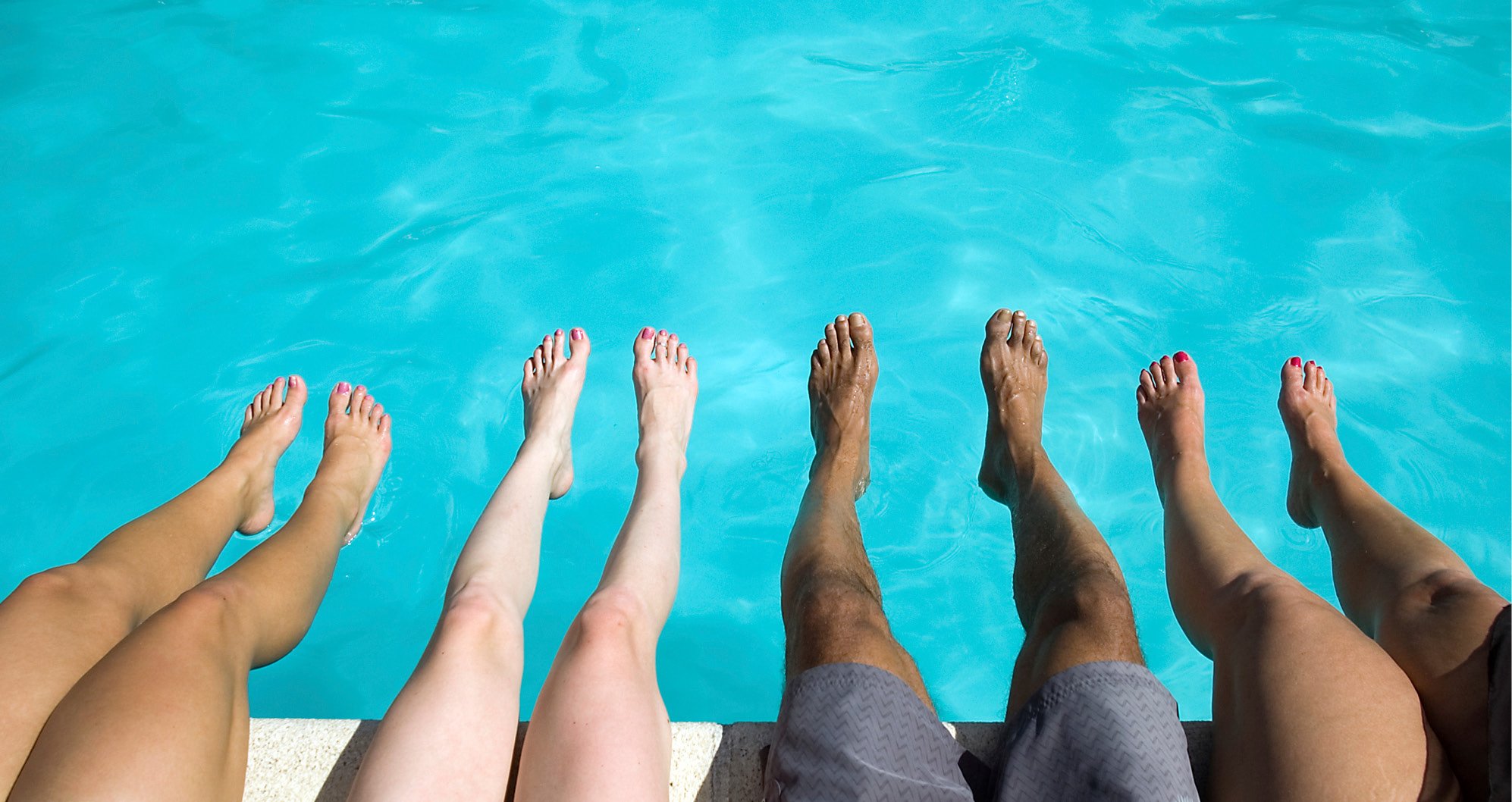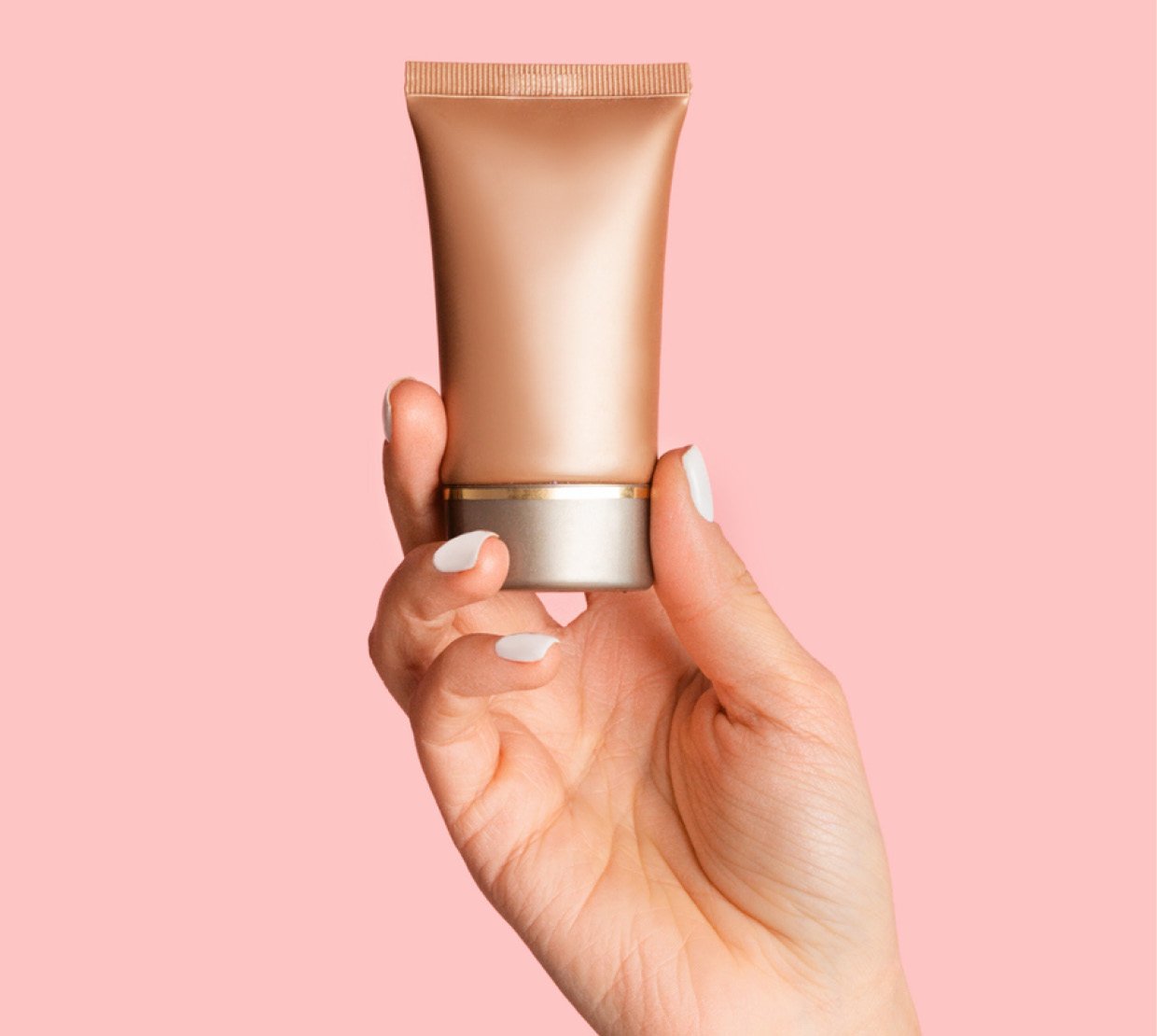Spotlight on
DHA
Spotlight on
DHA
What is DHA?
DHA stands for dihydroxyacetone, which is one of the most common self-tanning ingredients. It is a simple carbohydrate and primarily derived from sugar beets and sugar cane.
When used correctly, DHA is a non-toxic way to create a temporary browning effect on your skin. Once darkened, the skin remains this way for a few days and begins to fade within three to ten days.

How Does It Make You Tan?
DHA darkens the skin via the Maillard reaction, which was discovered in 1912 by Louis-Camille Maillard.
This term describes chemical reactions between amino acids (the building blocks of proteins) and carbohydrates (the building blocks of sugars).
It is the same process that leads to the caramelization of sugars, the brown top of crème brûlée and the browning of bread.
Should I use it?
What about the unpleasant odour?
Usually it develops when the product is applied to skin, where the Maillard reaction is taking place.
The active agent DHA is a sugar molecule and reacts with the amino acids and proteins on the skin. The concentration of proteins and amino acids influences the extent of the Maillard reaction, which means that some people will experience skin discolouration and an unpleasant smell when they use a DHA-based product while others will not.
Another relevant factor is the pH. DHA is most stable at a pH in the range of 4 – 6. If products are stored for longer periods, the pH can decrease, which results in the accelerated degradation of DHA and the formation of traces of formaldehyde, which also causes a distinctive smell.

What about the Yellowish Tan?
Brown is not always brown. When applied to the skin, unfortunately, treatments containing DHA don’t always have the same effect.
It is unclear why they give some people a brownish tone, others a yellow tint, and some people have no effect at all.
It could be that these individuals might not have enough of the necessary proteins concentrated in their skin, and perhaps the reaction temperature also plays a part.

How should I prepare my skin for gradual tanning?
Exfoliating is vital as uneven surface or patches of dry skin will lead to tan gathering in those areas.Your skin will have a great even and smooth finish after you have removed all of the dead skin cells. The tan will also last longer as you won’t be tanning skin cells that are about to be shed.
Additional moisturising is key. DHA-containing self-tanning lotions can make your skin dry. Moisturising the skin everyday is essential to a longer lasting fake tan as it prevents the tan from cracking and flaking.
Your personal contact

Sandra Gut
Senior Application Laboratory Manager Cosmetics
RAHN (UK) Ltd.
